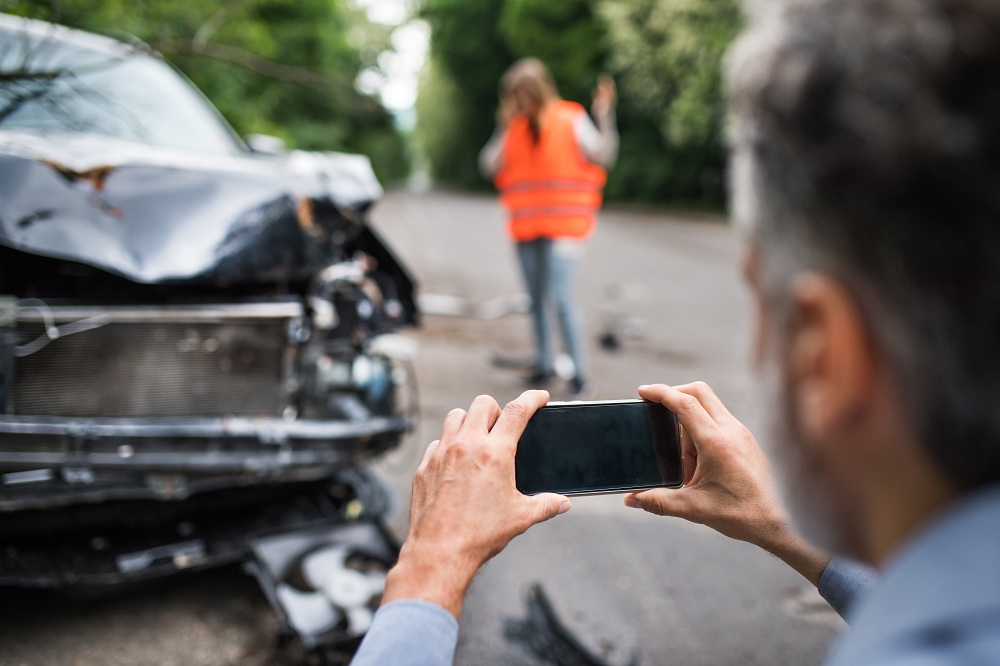Memories quickly fade in the aftermath of a car accident. And as the dust settles, you will suddenly confront a myriad of challenges. However, if you are able, there are several ways in which you can ease the upcoming legal and financial process. Although you ought to prioritize your safety in these instances, it is helpful to gather as many details on the accident as you can. Each will aid in painting a picture and preserving your memory of what took place. One of the best ways to do this is by taking photographs directly after the collision. These will serve as some of your best pieces of evidence in a case.
Photos are an essential asset for the legal concerns of a car accident. They might eliminate doubts and disputes, prove points, preserve evidence, and reveal the entire story of what happened. Ultimately, photographs could support your legal claims and ease the post-accident process. However, there are some crucial points to keep in mind as you collect photos.

Tips on how to take photos:
- Take photos from several different angles and distances. Aim to get three varieties of pictures. We recommend getting some close-up photos: about one to five feet away from the subject, medium-distance photos: about 10 to 15 feet from the subject, and long-distance or panoramic photos: at least 20 feet away.
- Include a common landmark to demonstrate distance and scale in each of your photos. This will maintain a good understanding of the context of the accident.
- Make sure that your photos include significant weather or road conditions that may have played a role in the accident. For example, if ice existed on the road, capture it in a photo before it melts or recedes and this piece of evidence is lost.
Tips on what to take photos of:
- The overall view of the accident, including the entire scene, each car involved, and external conditions. This does not need to include details. Simply provide a whole-picture overview of the incident.
- Each car’s proximity to one another and their positioning. This will help demonstrate the nature of how the vehicles collided and were stopped.
- Include all signs, traffic lights, and any other sort of road marking. This should include roadblocks and construction obstacles.
- All damages. Capture pictures of external objects that were impacted by the accident as well as details of each cars’ damages. Include photos of broken glass, scratches, dents, etc.
- Your physical injuries, as well as those incurred by others involved. If you are able, these photos will most accurately depict the suffering caused by the accident.
In the wake of an accident, your priority is to stay safe. If you are injured or it is dangerous to leave your vehicle, remain where you are, and wait for help. However, if you are able, consider collecting some photos. This invaluable source of evidence will assist your insurance and legal matters as they preserve an accurate depiction of exactly what took place. And as you do so, make sure to reach out for legal advocacy and counsel. We at Peach and Weathers are prepared to offer our expertise in this challenging time. Do not hesitate to contact us today

